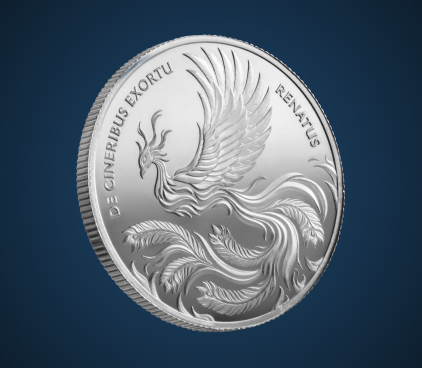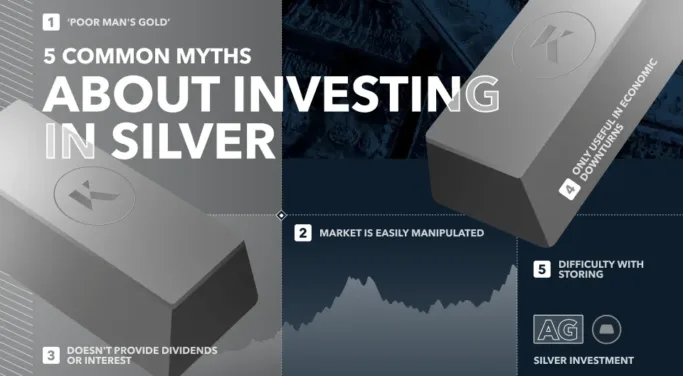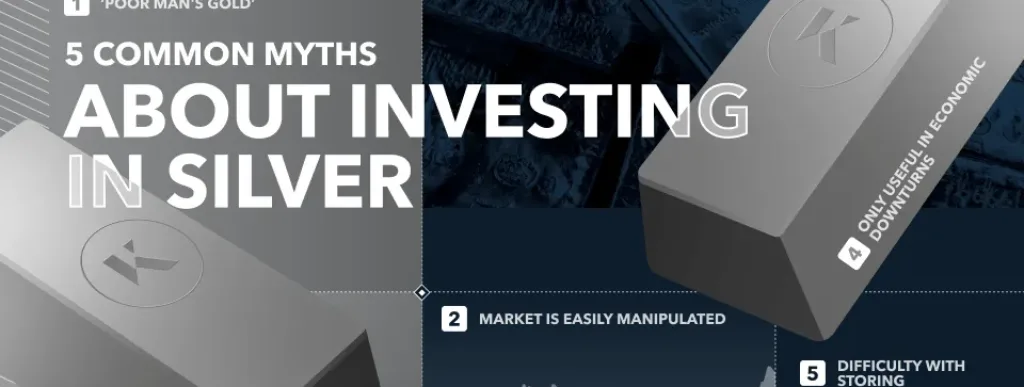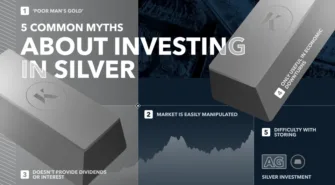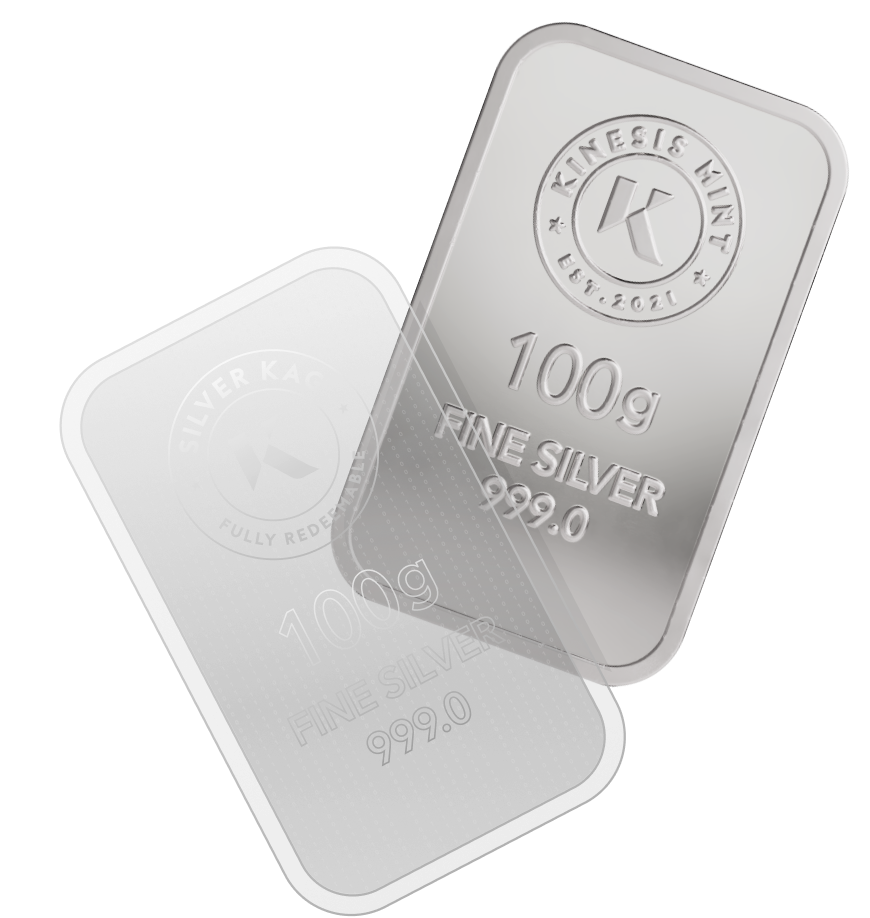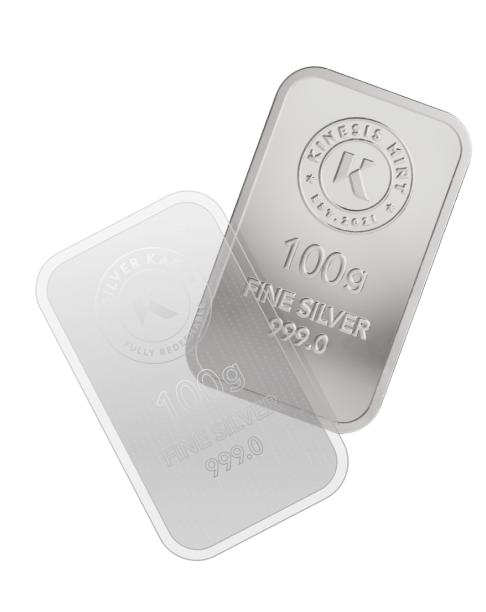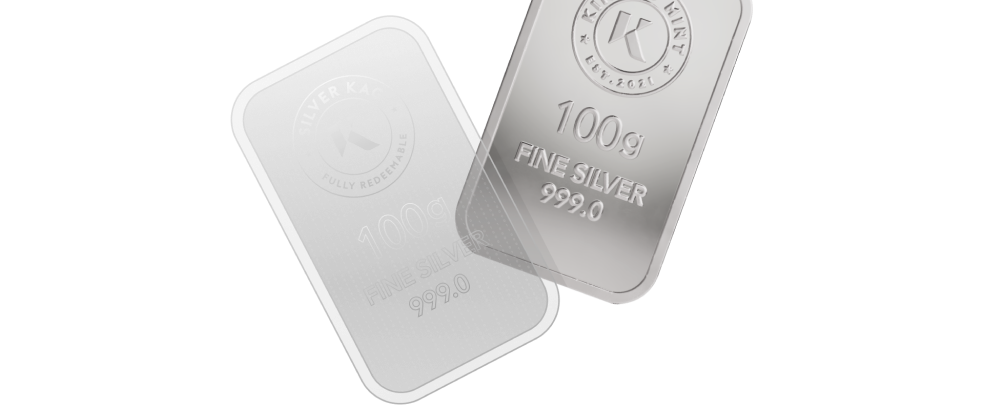At the time of writing, the current market capitalisation of silver – that’s the price multiplied by the amount of the asset in the circulating supply – is around $1.3 trillion dollars.
That makes it over twice as valuable as the most popular cryptocurrency, Bitcoin, and megacorporations like Meta.
Silver often plays second fiddle to gold, but is in many ways just as viable an investment due to its nature as an asset with intrinsic and extrinsic value, along with its history of use as money and a store of value.
As a result of this long history, various myths about the precious metal have sprung up, and we’ll debunk five of the most common myths in this article.
Myth 1: Silver is Just a ‘Poor Man’s Gold’
Experienced investors know that diversifying their precious metals portfolio is a good idea: you can own silver and gold, but some beginner investors might only have the capital to invest in one or the other and choose gold due to the stigma surrounding silver.
In the short term, at least the lower entry price of silver means that it often enjoys higher percentage gains.
Silver is more abundant than gold, which gives it retail use cases, but also high-demand industrial use cases such as in solar panels and electric vehicles (EVs). This results in a supply deficit whereby silver cannot be created in quantities vast enough to satisfy industrial demand. This economic scenario usually drives price levels upwards.
Myth 2: The Silver Market is Easily Manipulated
The silver investment market has the potential to be manipulated, but to state that it is without examining the evidence would be irresponsible.
There are a number of reasons for this. First, the silver market is relatively liquid, meaning that there is often a high level of trading volume, which makes it easier for large investors to move the market price by buying or selling large amounts of silver.
Second, the silver market is heavily influenced by speculation. This means that investors are often buying and selling silver based on their expectations of future prices, rather than on the underlying fundamentals of the market. This can lead to volatile price movements that are susceptible to manipulation.
In 2021, there was a social media-driven “silver squeeze” that led to a sharp increase in silver prices. Some investors believe that this squeeze was the result of manipulation by large investors.
Whether or not the silver investment market is actually manipulated is a matter of debate. However, the potential for manipulation is there, and investors should be aware of this risk before investing in silver.
Here are some tips for investors who are concerned about silver price manipulation:
- Do your research. Before you invest in silver, it is important to understand the market and the risks involved.
- Invest in physical silver. Physical silver is less susceptible to manipulation than silver futures contracts.
- Invest with a reputable dealer. When you buy silver, make sure you do so from a reputable dealer who is transparent about their pricing and operations.
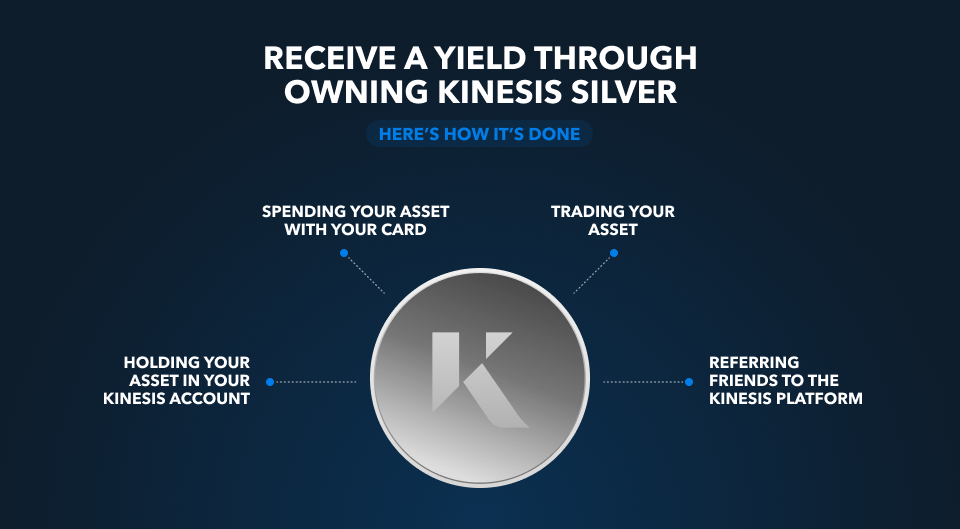
Myth 3: Silver Doesn’t Provide Dividends or Interest
Whilst it is true that traditionally silver is not considered an interest-bearing investment, there are ways to invest both directly and indirectly in this precious metal and receive a return on it without having to sell to access your investment’s value.
One way is to purchase silver mining stocks, but that is a topic for another time.
The best way to directly invest in silver and receive a yield is through owning Kinesis Silver (KAG) and receiving a monthly return in physical silver for:
- Holding silver in your Kinesis account
- Trading silver on the Kinesis Exchange
- Spending silver with your card
- Referring friends to the Kinesis platform
Kinesis Silver (KAG) is a digital representation of investment-grade, insured, audited physical silver bullion held in our secure vaults around the world, and enables owners and investors to easily gain exposure to silver as an investment, but also silver as money.
The technological innovation of the blockchain enables owners to easily verify ownership and authenticity as well as send, spend, trade and earn yields on their investment.
Myth 4: Silver is Only Useful in Economic Downturns
Thanks to silver’s status as a safe haven asset, it could be argued that it is more useful in economic downturns, but to suggest that is the only time it is useful is not correct thanks to its strong fundamentals.
Beyond the intrinsic value of silver thanks to its scarcity and versatility, it can also be used in many retail and industrial use cases which means it is beneficial whatever the state of the economy, and investors looking to diversify their portfolios can consider this precious metal a solid investment when looking at the long-term.
In the short term, silver is vulnerable to price volatility in response to macroeconomic events the same way gold is.
Myth 5: Storing Silver is Too Difficult and Risky
Many investors and collectors store silver in the form of coins and bullion either safely at home or stored within audited, insured vaults. Whilst it might be impractical or inconvenient to, for instance, send large amounts of physical silver internationally, thanks to innovations like blockchain technology, there is no need to do so.
Asset-backed tokens like Kinesis Silver (KAG) remove the challenge and risk of storage by allowing holders to access their silver wealth through a token that can be redeemed for physical bullion, traded, spent or sent internationally with extremely low fees.
Refer a friend today and receive an ounce of Kinesis silver to share (0.5 KAG).
This publication is for informational purposes only and is not intended to be a solicitation, offering or recommendation of any security, commodity, derivative, investment management service or advisory service and is not commodity trading advice. This publication does not intend to provide investment, tax or legal advice on either a general or specific basis.







